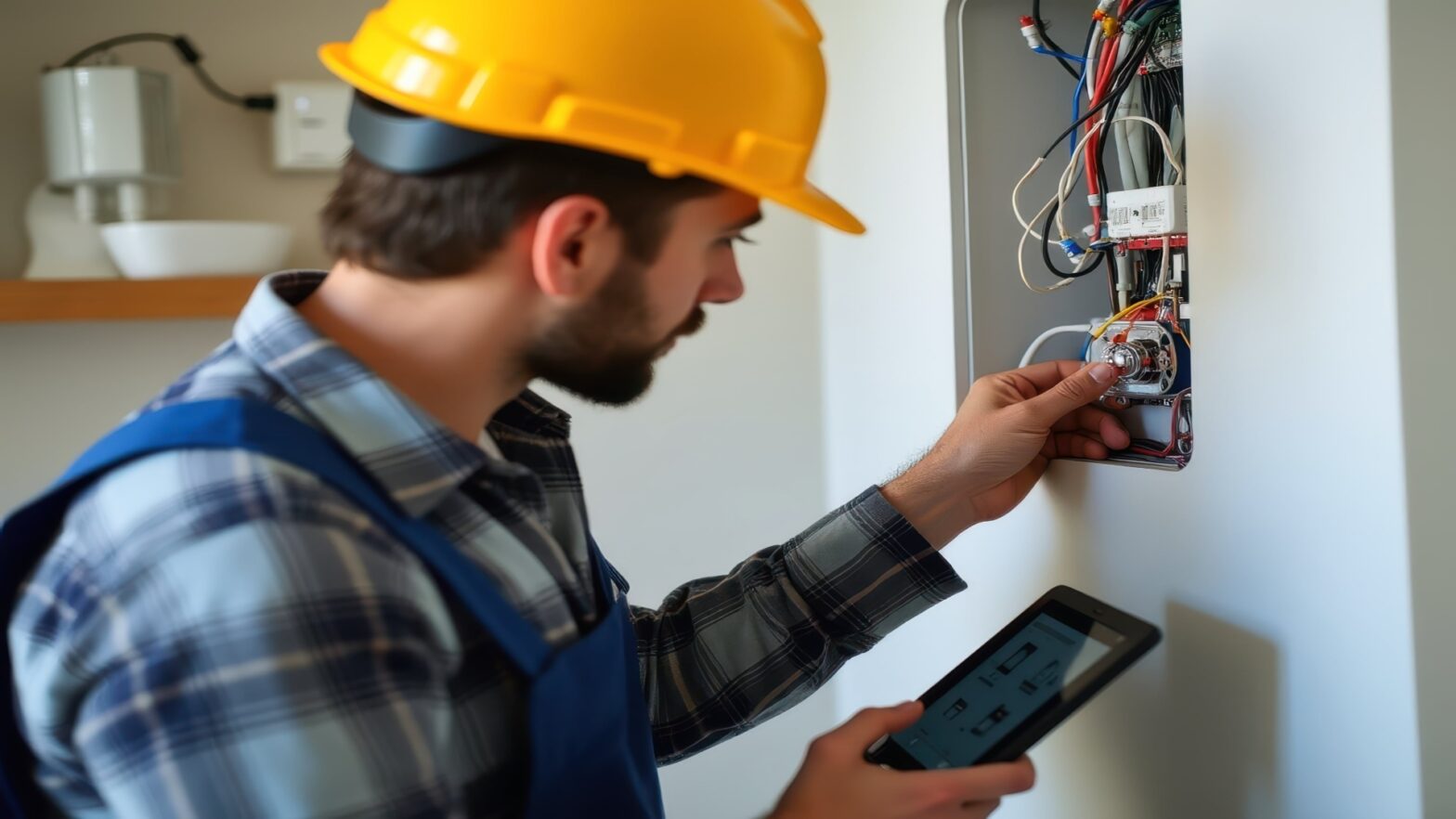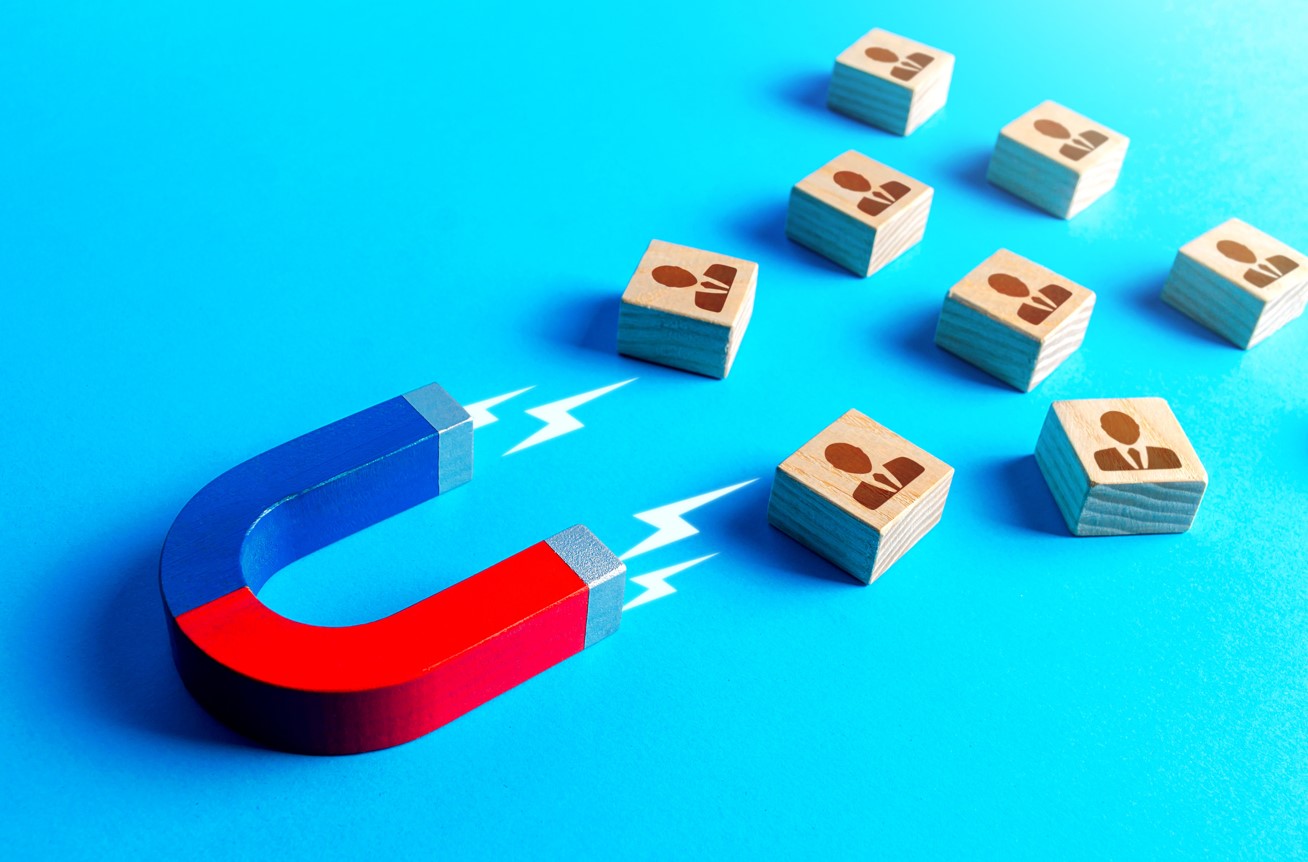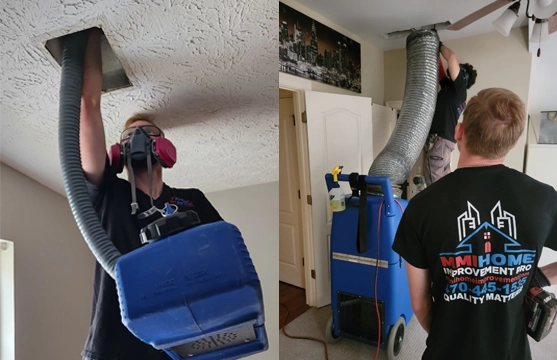When upgrading or creating a new workspace, everyone dreams of achieving a modern and functional design that meets their specific needs. However, the thought of budget constraints can make the project seem daunting. Fortunately, with a well-thought-out strategy, you can transform any workspace or commercial area into a haven that ticks all the right boxes. From considering the role of professionals to smart material selection, achieving quality without overspending is possible. Here are more tips for cost-effective fitout design:
1. Know Your Needs And Budget
A well-defined blueprint of what you aim to accomplish provides a reliable roadmap for the entire project. This includes a list of essential features you can’t do without and those that are nice to have but not mandatory. At the same time, establish a realistic budget that covers all aspects of the fitout—from materials and labour to permits and unforeseen costs. Leave a buffer zone for unexpected expenses; this helps you navigate bumps in the road without derailing your financial plan. Aligning your needs and budget sets the stage for a successful and economical fitout.
2. Get Multiple Quotes
Comparing quotes is a strategic step that can significantly influence the cost-efficiency of your fitout project. It offers you a broader perspective on the available options, helping you make a choice that aligns with both your quality expectations and budget constraints. Start by contacting different professionals and asking for itemized quotes that break down all costs, including labour, materials, and additional services.
Then, carefully assess these quotes, weighing the pros and cons of each. Always compare similar aspects to get a fair evaluation. For example, if one quote includes premium materials while another suggests standard alternatives, consider the long-term value against immediate cost savings. This detailed comparison enables you to make an informed decision that maximizes value without compromising quality.
3.Trust The Experts
Placing trust in skilled professionals like dimension shopfitters can be a game-changer for your fitout project. Specialists bring years of experience and industry insights, helping you make choices that pay off in quality and cost-efficiency. Their expertise extends beyond simple installation tasks; they often provide valuable guidance in material selection, efficient space utilization, and optimal design layout.
Besides, they can spot potential issues early on before they escalate into costly problems, saving you from unplanned expenses in the future. Most importantly, relying on experts for complex tasks such as electrical and plumbing assures quality and guarantees compliance with safety standards. This dual advantage—quality workmanship and peace of mind—makes the investment in professional services worthwhile.
4. Consider Value Engineering
Value engineering involves a thorough analysis of your design plan to identify areas where you can make cost-effective changes without sacrificing quality. For instance, you can consider alternative materials that are cheaper but offer similar durability and aesthetics as pricier options. Streamlined designs that require less intricate craftsmanship can also reduce labour costs.
This approach also examines construction methods to find more efficient ways to accomplish tasks, saving time and reducing costs further. Generally, value engineering enables you to prioritize your spending, directing funds toward areas yielding the best ROI while pulling back on elements that have a lesser impact on quality or functionality.
5. Reuse And Recycle
Reusing and recycling isn’t just environmentally friendly; it’s also a savvy strategy for a cost-efficient fitout. If you’re renovating an existing space, take inventory of fixtures and furniture that can be revitalized with minor updates. A fresh coat of paint on cabinets or updated upholstery on old chairs can give them a brand-new look at a fraction of the cost of new purchases.
This approach extends to materials as well. Consider repurposing old doors, wood panels, or glass partitions into new design elements. This method diverts waste from landfills and frees up more of your budget to invest in other areas that may require new spending, like specialized installations or modern technology.
6. Leverage Technology
Embracing technology can significantly elevate the efficiency of your fitout project. Modern software tools allow for detailed planning and offer 3D previews to visualize your dream space before actual construction begins. These digital insights inform your decisions on design, space planning, and material choices, helping you avoid costly errors or later revisions.
Through technology, you can also run different scenarios to understand the implications of different choices on both aesthetics and costs. This way, you can adjust your strategy accordingly and optimize the value you get out of your project. Plus, technological platforms streamline communication between you and your design team, ensuring everyone stays on the same page.
Conclusion
Achieving a cost-efficient fitout while maintaining quality is indeed possible. The key is thorough planning, careful choice of fitout contractors, and smart decisions at every project stage. With a proactive approach and a little creativity, you can create a functional, stylish space without breaking the bank.



































